Automated Guided Vehicles (AGV) are autonomous mobile robots that are designed to transport materials, products or goods without the need for human intervention. AGV has a rich history dating back to the 1950s when the first AGV was developed by Barrett Electronics of Northbrook, Illinois. Since then, AGV has undergone tremendous transformations, including technological advancements that have revolutionized industries. Today, AGV is a crucial component of logistics and manufacturing facilities used to enhance efficiency and productivity. Read More…
We invented the AGV in 1954 and offer the most affordable & versatile AGV capabilities. Our AGVs automatically transport pallets, racks, bins, totes, rolls, boxes, racks, etc. in all types of manufacturing and warehouse facilities. Our tape/target/structure-free, ‘virtual path’ navigation requires no floor path maintenance and does not use/require line-of-sight to often blocked building ...
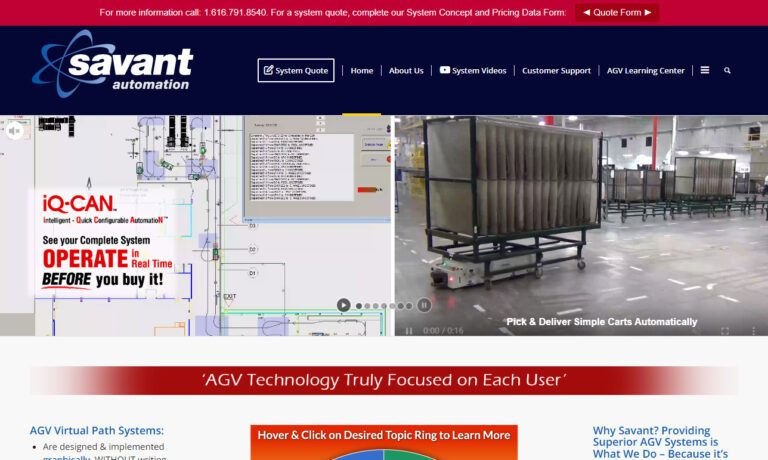
America in Motion was founded in 2007 with a mission to bring customized automated vehicle designs and solutions to the masses. Serving customers in the fibers, paper, automotive, food, consumer products, heavy equipment, and general manufacturing. Our team specializes in fully customizable AGVs but also offers the option to build an automated vehicle by using a simplified modular approach (also...
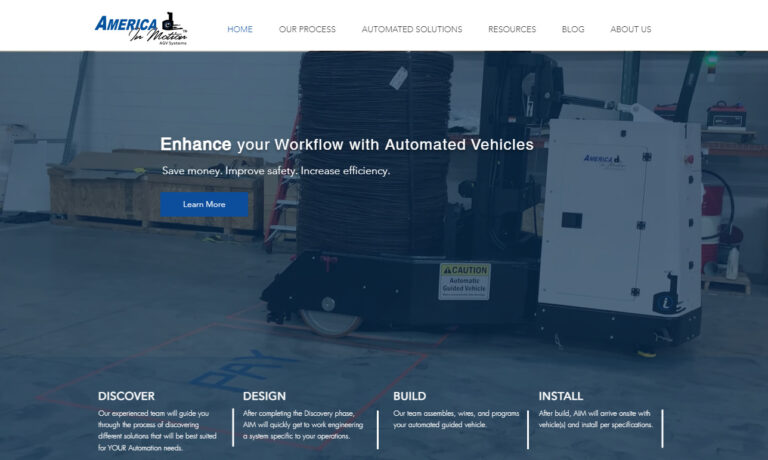
With over 1700 mobile robotics deployed worldwide and with over 30 million miles accumulated, Oceaneering Mobile Robotics (OMR) delivers best-in-class solutions with the lowest total cost without sacrificing performance. For over 30 years, OMR has been a trusted partner of exclusive brands in the automotive, healthcare, manufacturing, and (intra-) logistics industries.
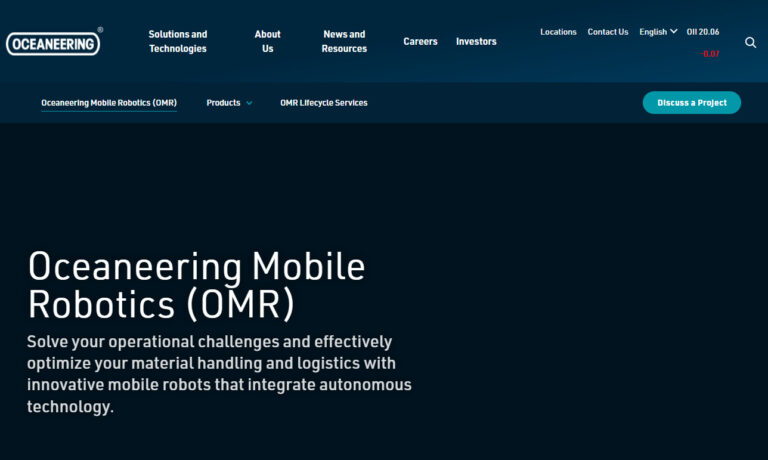
Invio Automation is a leading comprehensive AGV, AMR, and robotics integrator with 10 engineering and support sites throughout North America. We specialize in heavyweight and assembly line applications.

For over 30 years, companies have turned to RedViking for ways to increase throughput and minimize infrastructure. We are a leading AGV manufacturer, and our AGVs are efficient and user-friendly. Our AGV solutions are cleaner, more sustainable, and require less infrastructure than traditional conveyance methods. We can provide full custom design tooling for your AGV so it meets every requirement...
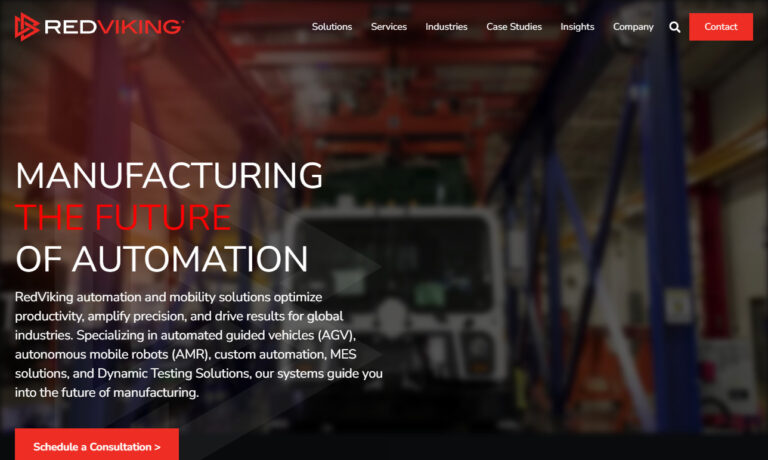
Fred Automated Guided Vehicles (AGVs) are built for manufacturing, distribution, and warehouse facilities to improve worker productivity and safety around materials movement, especially Point A to Point B workflows. Barcoding, Inc. designs, manufacturers, and supports the production of our robotics solutions in our Philadelphia, Pennsylvania office. Please contact us to discuss your needs and...
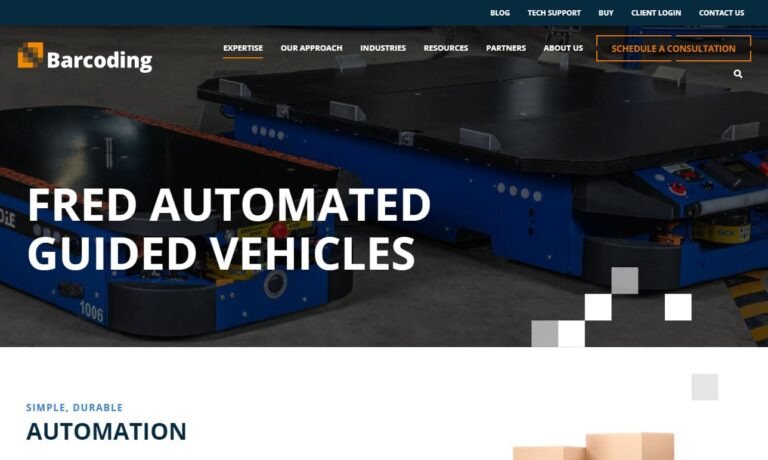
IDC Corporation produces a line of Automated Guided Carts (AGCs) for various industrial applications, including standard product line carts and custom-designed systems tailored to specific customer needs. The various models are built on a common control architecture that support various mechanical configurations, and support operations ranging from simple delivery loops to sophisticated...
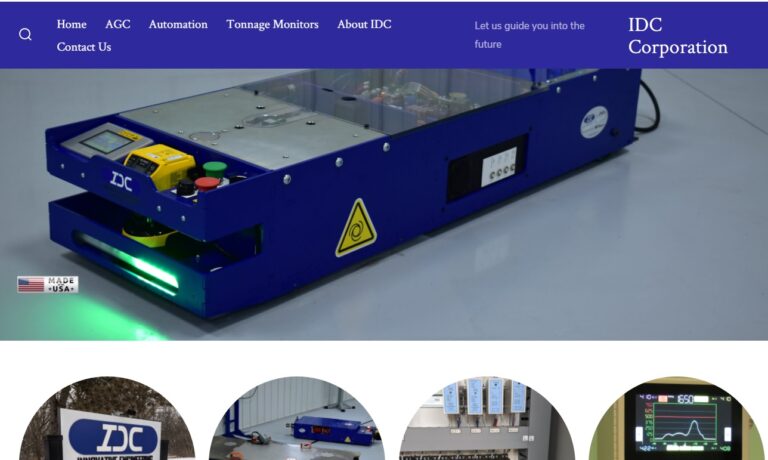
Align specializes in heavy-duty, highly customized AGVs with capacities reaching over 1,000,000 lbs. Engineers work with you to develop a custom system that fits your unique application and facility needs. Align has been working with Fortune 500 companies since 1967 to make manufacturing inefficiencies a thing of the past and propel them into the future with AGV technology.
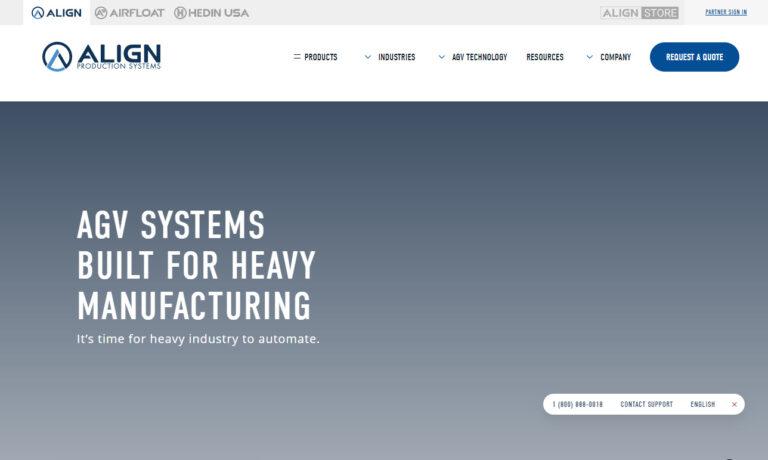
More Automatic Guided Vehicles Manufacturers
Components of AGV Equipment: AGVs are equipped with various components, systems, and technologies that enable them to navigate and operate autonomously. These include:
Navigation Systems: AGV can use different types of navigation systems, including laser guidance, magnetic guidance, and optical guidance. These navigation systems work together with sensors to guide AGV along predetermined paths.
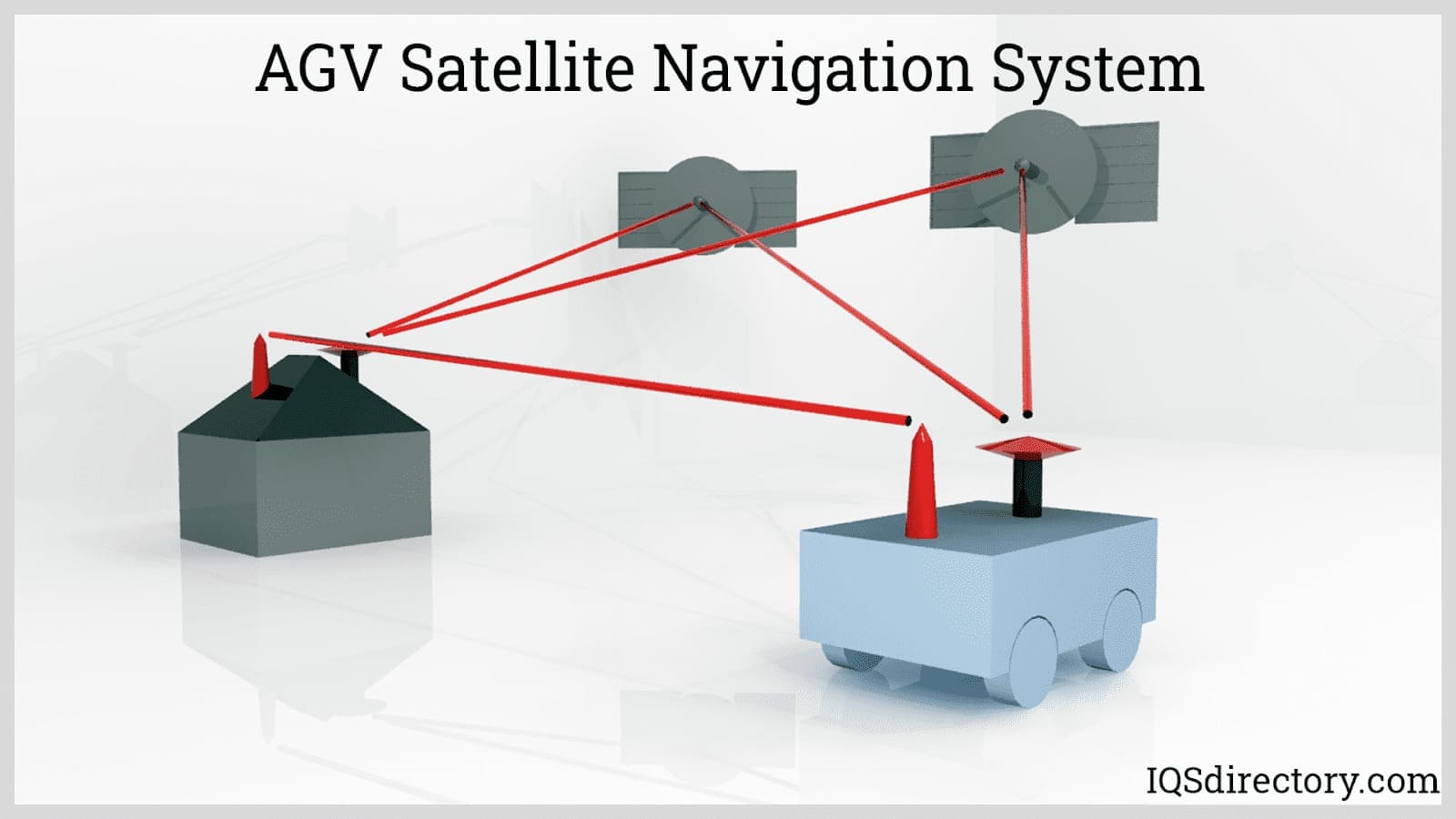
Sensors: AGV are equipped with various sensors, including laser sensors, sonar sensors, and vision sensors. These sensors help AGV detect and avoid obstacles, identify locations, and communicate with other machines in the facility.
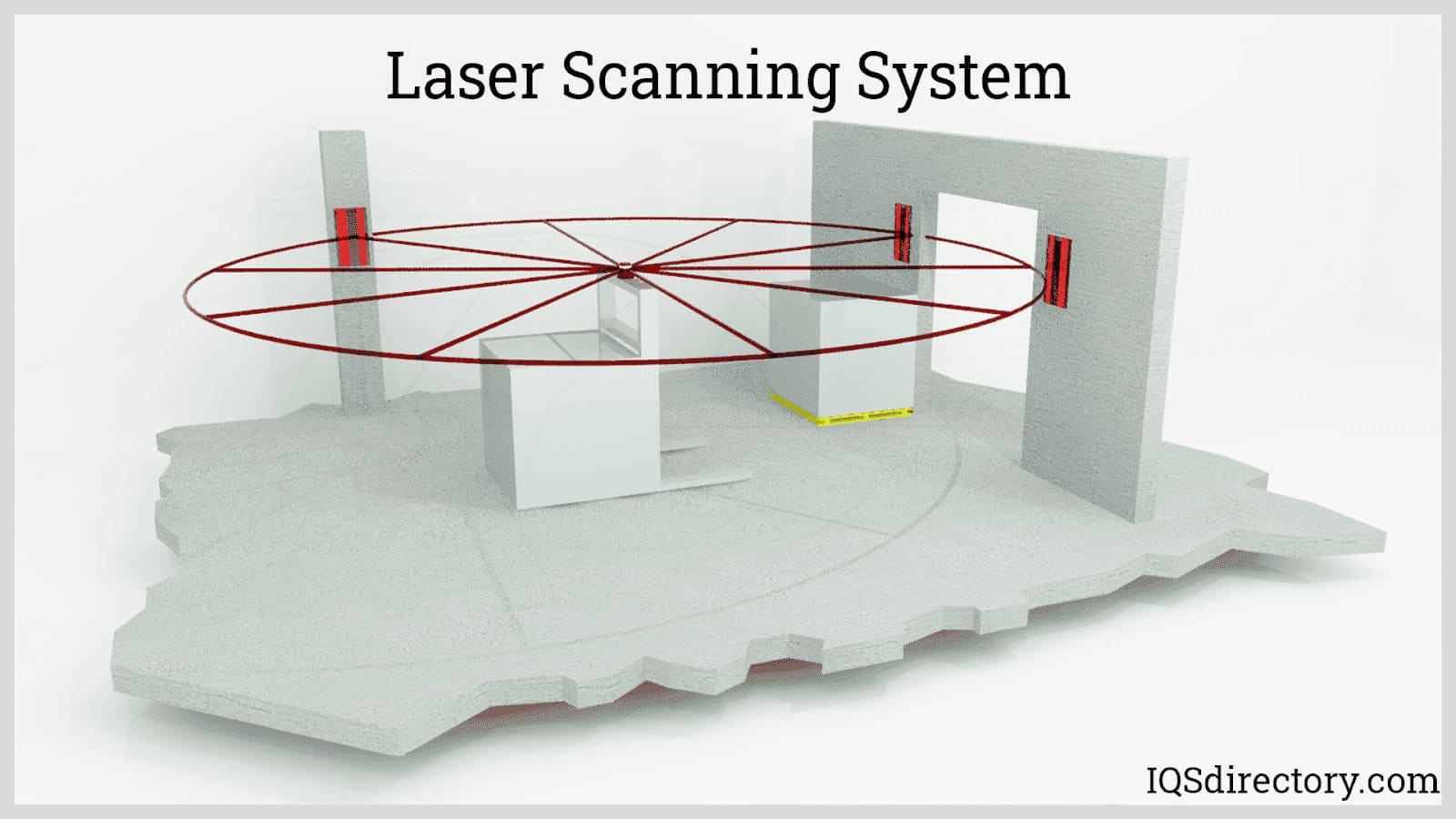
Control Systems: AGV control systems are essential components that enable AGV to perform tasks accurately and consistently. The control system also allows AGV to interact with other systems in the facility.
Payloads: AGV can transport different types of loads, including raw materials, finished products, and heavy loads. The type of payload depends on the application and the specific needs of the facility.
Battery Technologies: AGV is powered by rechargeable batteries, and recent advancements in battery technology have significantly improved AGV performance, including extended run time and reduced charging time.
Types of Automated Guided Vehicles
AGV technology is constantly evolving, and there are many different types of AGV vehicles available, each designed for specific tasks and industries. Here are some examples of specific AGV vehicles:
Forklift AGVs: Forklift AGVs are designed to replace traditional forklifts in manufacturing and warehouse environments. These vehicles are equipped with forks or other lifting mechanisms to lift and transport pallets, boxes, and other heavy items.
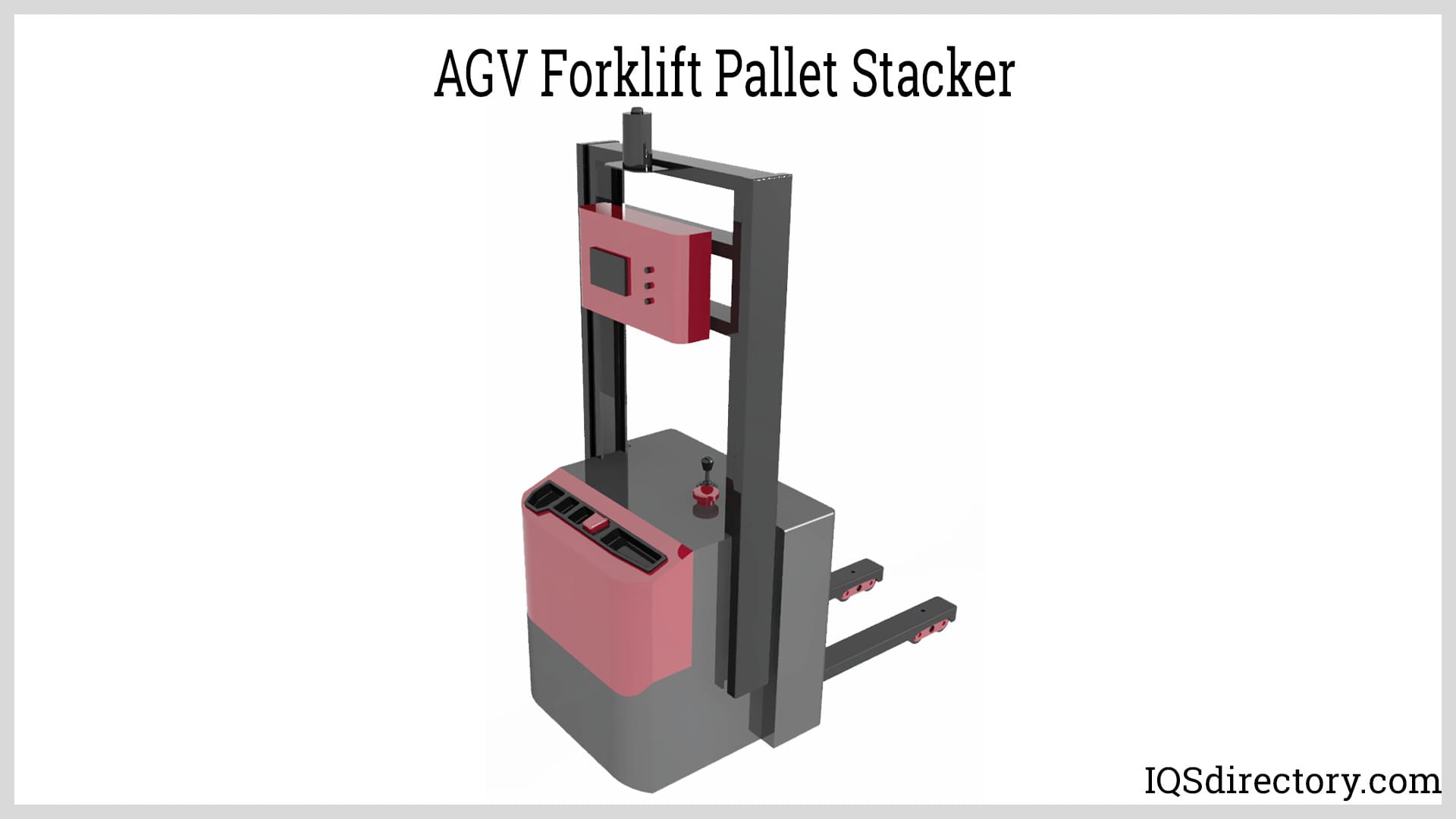
Tugger AGVs: Tugger AGVs are designed to tow multiple carts or trailers through a facility. They are commonly used in warehousing and distribution to transport goods between different areas of a warehouse or distribution center.
Unit Load AGVs: Unit Load AGVs are designed to transport entire pallets or loads of goods. These vehicles can be programmed to travel to specific locations within a warehouse or manufacturing facility and can be equipped with sensors and cameras to detect obstacles and navigate through complex environments.
Assembly Line AGVs: Assembly Line AGVs are designed to transport materials and components to specific workstations on an assembly line. These vehicles can be programmed to deliver materials and components at specific times to ensure that the assembly line runs smoothly and efficiently.
Hospital AGVs: Hospital AGVs are designed to transport medical equipment, supplies, and patient records within a hospital or other medical facility. These vehicles are equipped with sensors and cameras to ensure safe and accurate delivery of medical items and can be programmed to navigate through busy hospital environments.
Automated Guided Carts (AGCs):Automated Guided Carts (AGCs) are small, self-propelled vehicles that are designed to move materials or products within a factory or warehouse environment. AGCs are typically guided by a system of sensors and software, and can operate without human intervention. AGCs can be programmed to follow specific routes and perform specific tasks, such as transporting materials from one location to another, or picking up and delivering products.
Limitations of AGV
AGV has several limitations. These include:
High Initial Cost: AGV systems require significant upfront investments, including purchasing and installing infrastructure such as magnetic tapes, markers, or sensors to guide AGV.
Limited Flexibility: AGV is typically programmed to follow a predetermined path, making them less adaptable to changes in the environment.
Limited Capabilities: AGV cannot perform tasks that require human judgment, such as decision-making and problem-solving.
Security and Safety Concerns: AGV can pose a security risk if hacked, and safety concerns arise if the AGV collides with people or equipment.
Lack of Adaptability: AGV is less adaptable to unexpected changes in the environment, requiring human intervention to resolve issues that may arise.
Choosing the Proper AGV
Choosing the right type of autonomous guided vehicle (AGV) for a specific purpose or application involves considering several factors. Here are the key steps and considerations to help you make an informed decision:
Assess Your Needs and Requirements
Determine the purpose: Understand the specific tasks or functions the AGV needs to perform. For example, material handling, transportation, picking and placing items, or assembly line operations.
Define the environment: Analyze the operating environment, including indoor or outdoor settings, floor conditions, presence of obstacles, and required navigation capabilities.
Payload requirements: Determine the weight and size of the objects the AGV will handle, as it should be capable of safely carrying the required payload.
Safety considerations: Identify any specific safety requirements such as collision avoidance, emergency stop capabilities, or integration with other safety systems.
Consider Navigation and Guidance Systems
Path planning: Evaluate the navigation requirements, such as predefined paths, dynamic path planning, or the ability to adapt to changing environments.
Sensor technology: Consider the type of sensors needed, including LiDAR, cameras, ultrasonic sensors, or other technologies for perception and obstacle detection.
Localization and mapping: Determine the need for simultaneous localization and mapping (SLAM) capabilities to create and update a map of the environment.
Connectivity: Assess the need for communication capabilities to interact with other AGVs, control systems, or cloud-based platforms.
Determine Mobility and Power Requirements
Drive system: Consider the appropriate drive system, such as differential drive, omnidirectional drive, or tracked drive, based on the maneuverability and terrain requirements.
Power source: Evaluate battery life and charging requirements, considering the AGV’s runtime and availability of charging infrastructure.
Load capacity: Ensure the AGV can handle the expected payload capacity without compromising safety or performance.
Analyze Integration and Scalability
Interface compatibility: Assess the compatibility of the AGV with existing infrastructure, control systems, or manufacturing equipment.
Integration flexibility: Determine the AGV’s ability to adapt to future changes in the workflow or manufacturing processes.
Scalability: Consider the potential for expanding the fleet of AGVs in the future and whether the chosen AGV can be easily integrated into a larger system.
Evaluate Cost and Return on Investment (ROI)
Initial investment: Evaluate the cost of the AGV, including hardware, software, and implementation.
Operating costs: Consider ongoing expenses such as maintenance, upgrades, training, and any additional infrastructure requirements.
ROI analysis: Assess the potential benefits of implementing AGVs, including increased productivity, reduced labor costs, improved safety, and optimized workflow.
Vendor Selection: Additional Areas to Research and Compare
Examine their reputation: Explore various AGV manufacturers, their reputation, customer reviews, and case studies.
Evaluate support and service: Consider the availability of technical support, training programs, and after-sales services.
Customization options: Assess the vendor’s ability to customize AGVs according to your specific needs and provide the required level of flexibility.
By following these steps and carefully considering the unique requirements of your application, you can make an informed decision and choose the right type of AGV that aligns with your goals and optimizes your operational efficiency.
Benefits of AGV
Autonomous guided vehicles (AGVs) offer numerous benefits across various industries, revolutionizing traditional material handling and logistics operations. Let’s examine these benefits in greater detail below:
Enhanced Efficiency: AGVs streamline operations by automating material handling tasks. They can operate 24/7, eliminating the limitations of human work shifts and breaks. AGVs can efficiently transport goods, pick and place items, and navigate predefined paths, resulting in improved throughput and reduced cycle times. With optimized routing algorithms, AGVs can minimize travel distances, further enhancing operational efficiency.
Improved Safety: AGVs prioritize safety with built-in collision avoidance systems and advanced sensor technologies. They can detect and respond to obstacles, humans, or other AGVs in their path, minimizing the risk of accidents and injuries. Safety features like emergency stop buttons and zone restrictions ensure safe operations in shared workspaces, reducing workplace accidents and improving overall worker safety.
Space Optimization: AGVs are designed to operate in compact spaces, making them ideal for environments with limited floor area. They can navigate narrow aisles and tight corners, utilizing space efficiently. AGVs’ ability to follow predefined paths allows for precise maneuvering, maximizing storage capacity and optimizing layouts within warehouses or manufacturing facilities.
Flexibility and Adaptability: AGVs offer flexibility in adapting to changing production or warehouse layouts. They can be easily reprogrammed to follow new paths or adjust routes based on operational needs. This adaptability enables businesses to quickly reconfigure their workflows or accommodate changes in demand, increasing operational agility and responsiveness.
Real-Time Data and Insights: AGVs are equipped with sensors and communication capabilities, allowing them to collect and transmit real-time data. This data can include information on inventory levels, product tracking, or equipment performance. By leveraging this data, businesses can make informed decisions, optimize inventory management, identify bottlenecks, and enhance overall operational visibility and control.
Cost Savings: AGVs can deliver substantial cost savings in various ways. By reducing the reliance on manual labor, businesses can lower labor costs and minimize the risk of human error. Additionally, AGVs require less maintenance than traditional material handling equipment, resulting in reduced maintenance costs. Moreover, AGVs can optimize energy consumption by utilizing efficient battery systems and smart charging, leading to long-term cost savings.
Environmental Impact: AGVs contribute to sustainability efforts by reducing carbon emissions and energy consumption. As AGVs operate on electric power, they produce zero direct emissions. By replacing traditional forklifts or other internal combustion engine equipment with AGVs, businesses can contribute to a greener and more environmentally friendly operation.
Overall, AGVs provide a wide range of benefits, including improved efficiency, enhanced safety, space optimization, flexibility, real-time data insights, cost savings, and positive environmental impact. As a result, businesses can achieve higher productivity, better resource allocation, and a competitive edge in today’s dynamic and fast-paced industrial landscape.
Applications of AGV
As a result of these benefits, AGV is used in various industries, including:
Manufacturing and Assembly: AGV can transport materials, components, and finished goods within the manufacturing facility, improving efficiency, reducing labor costs, and minimizing the risk of workplace injuries.
Warehousing and Distribution: AGV can transport goods within a warehouse, distribution center, or fulfillment center, improving productivity, reducing delivery times, and minimizing the risk of damage to goods.
Healthcare: AGV can transport medical supplies, equipment, and patient records within a hospital, improving patient care, reducing the risk of human error, and freeing up healthcare staff to focus on patient care.
Hospitality and Retail: AGV can transport goods within a hotel or retail store, improving efficiency, reducing labor costs, and providing a better customer experience.
Agriculture: AGV can transport crops, equipment, and livestock within a farm, improving productivity, reducing labor costs, and minimizing the risk of injury to farm workers.
Mining and Construction: AGV can transport materials, tools, and equipment within a mining or construction site, improving productivity, reducing labor costs, and minimizing the risk of workplace accidents.
The Future and AGVs
The potential future of autonomous guided vehicles (AGVs) is promising, with several exciting developments on the horizon. As technology continues to advance, AGVs are likely to become more intelligent, versatile, and integrated into various industries. Future AGVs may incorporate advanced artificial intelligence algorithms, allowing them to make real-time decisions, adapt to dynamic environments, and optimize their routes for improved efficiency. Enhanced sensor technology, such as advanced LiDAR systems and computer vision algorithms, could also enable AGVs to have a more comprehensive perception of their surroundings, leading to enhanced safety and improved obstacle detection capabilities. Furthermore, advancements in battery technology and energy management systems would result in longer operating times and faster charging, allowing AGVs to perform more tasks without interruption. With the integration of AGVs into the Internet of Things (IoT) ecosystem, meanwhile, they could communicate and coordinate with other AGVs, robots, and manufacturing equipment, enabling seamless collaboration and efficient workflows. Additionally, advancements in materials and design should lead to more robust and specialized AGVs capable of handling diverse payloads and operating in a wider range of environments. Overall, the future of AGVs holds tremendous potential to revolutionize industries by providing intelligent, autonomous, and highly efficient solutions for a wide array of applications.
Choosing the Right AGV Company
To ensure you have the most positive outcome when purchasing AGV equipment from an AGV business, it is important to compare several businesses using our directory of AGV companies. Each AGV company has a business profile page highlighting their areas of experience and capabilities, along with a contact form to directly communicate with the business for more information or request a quote. Review each AGV company website using our patented website previewer to quickly learn what each business specializes in. Then, use our simple RFQ form to contact multiple AGV businesses with the same form.
Check out our Parts Washers website

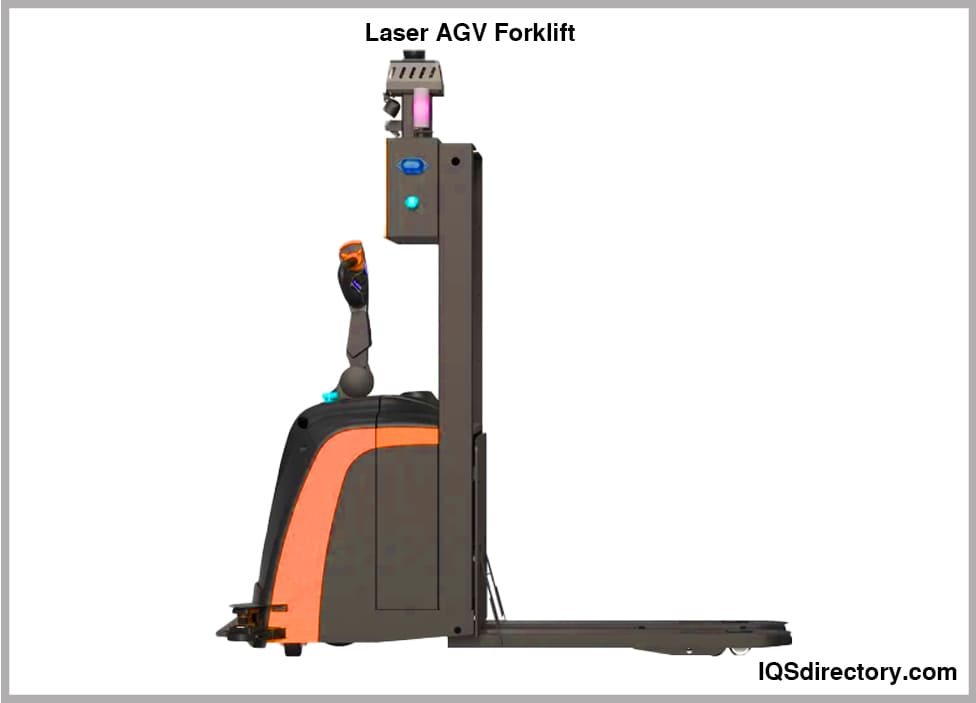


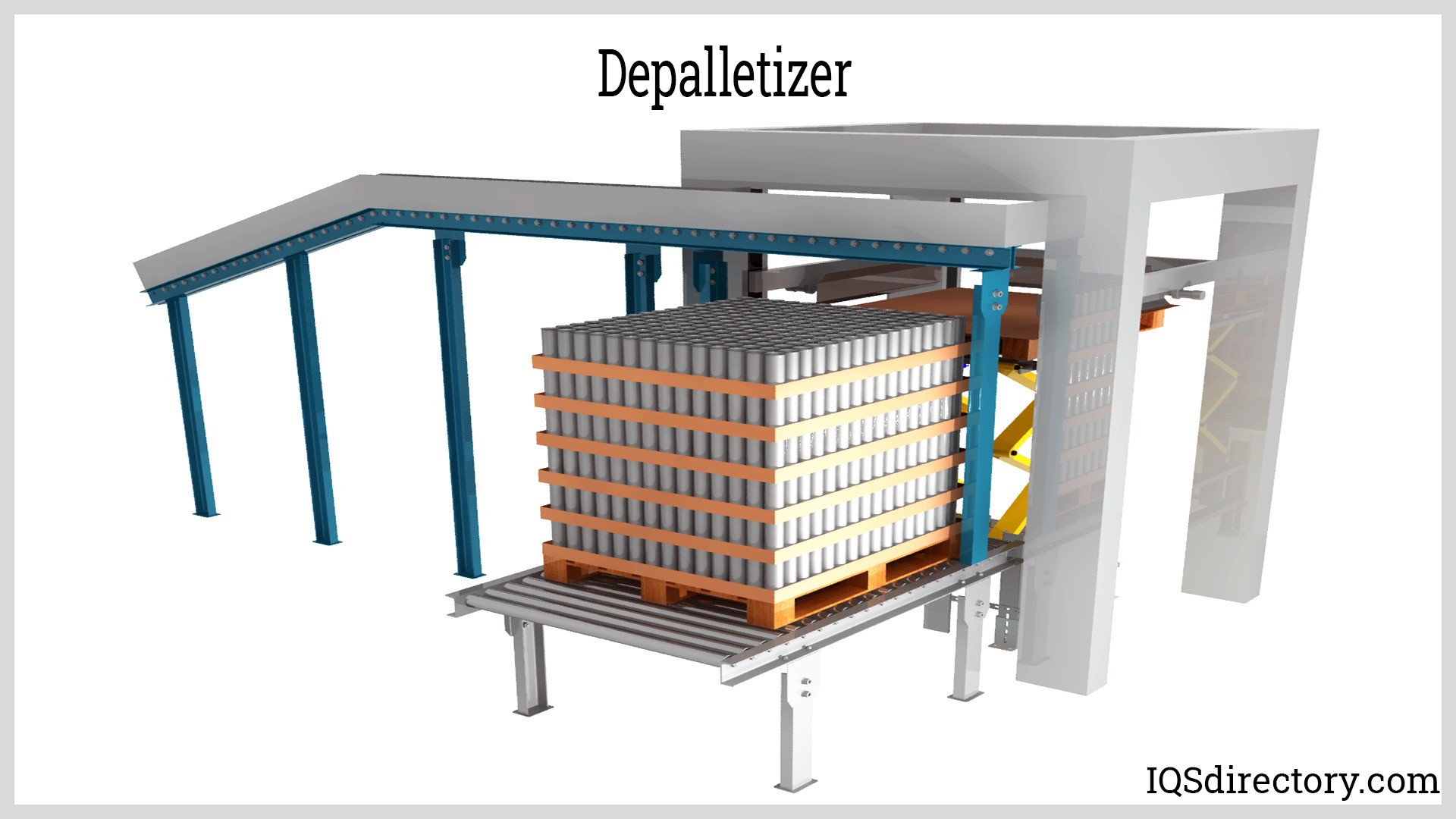
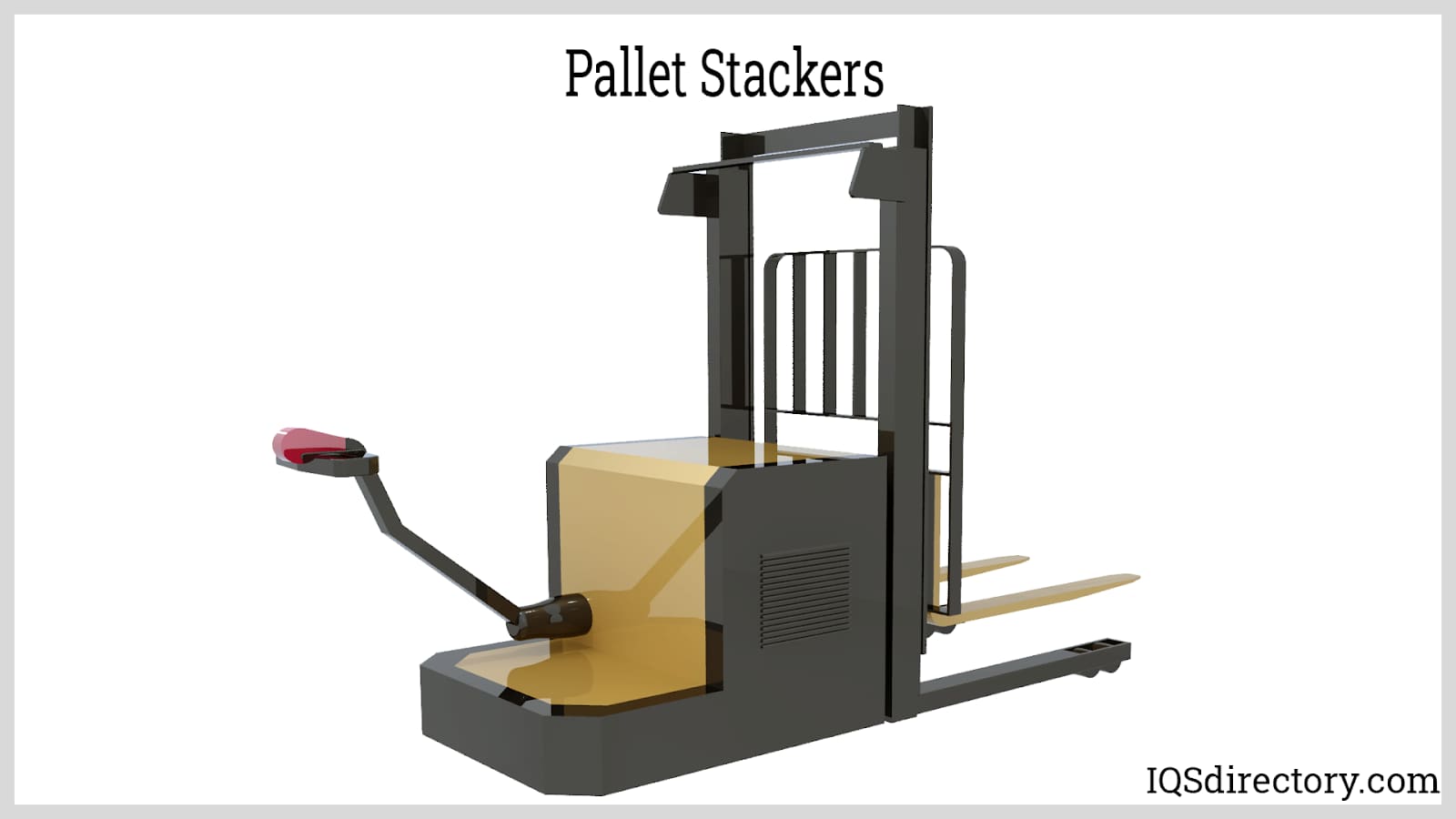
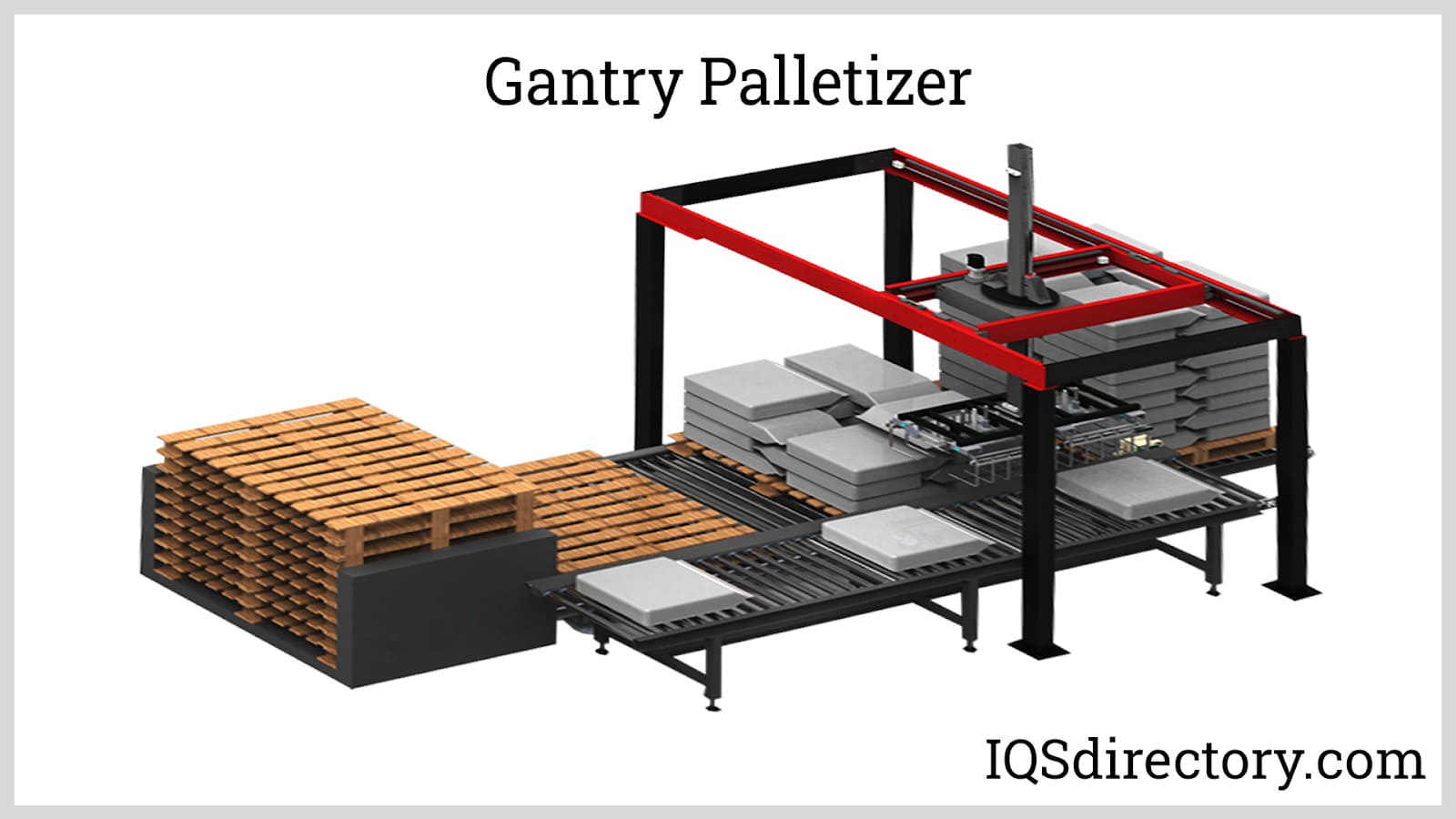
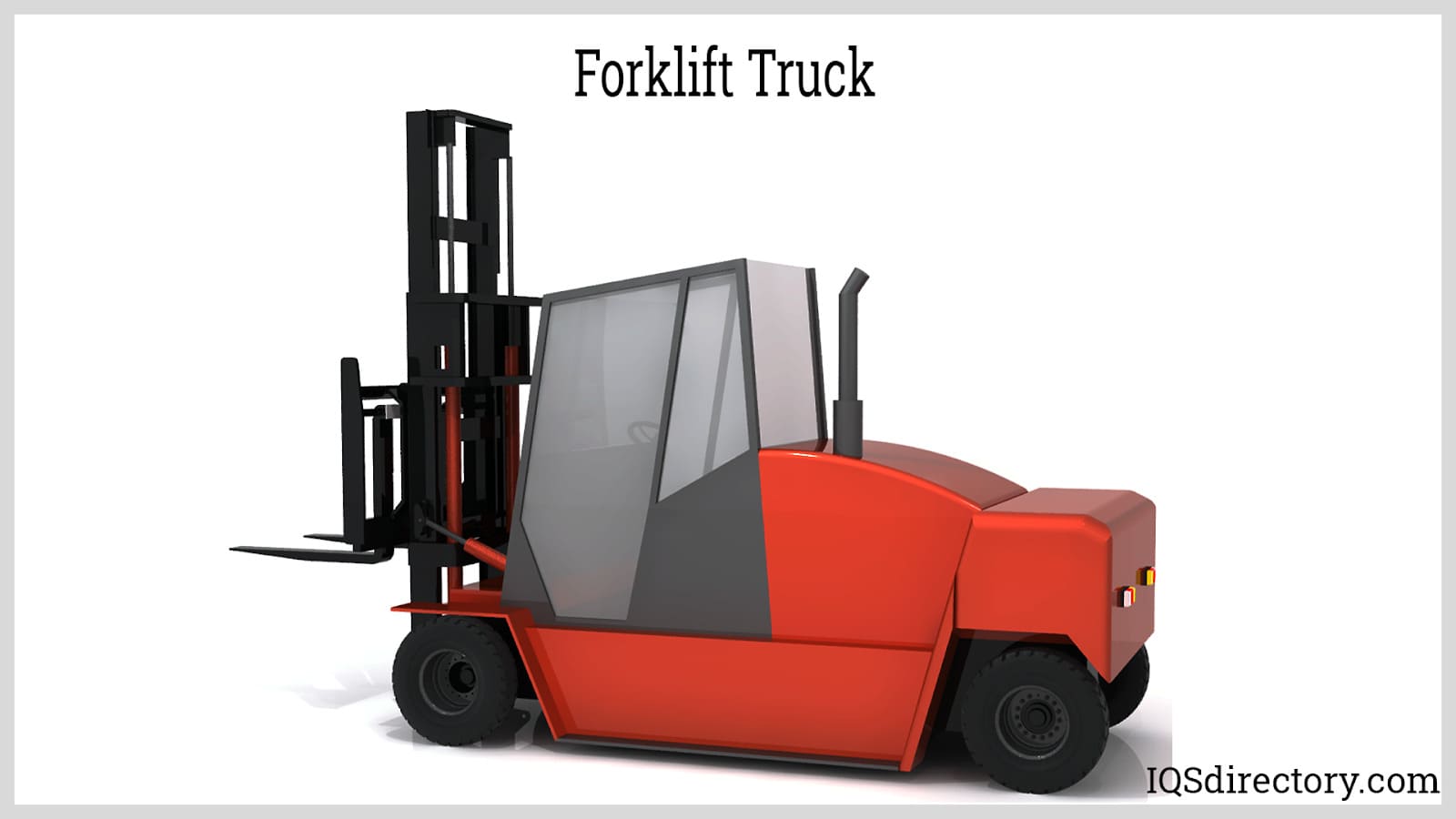
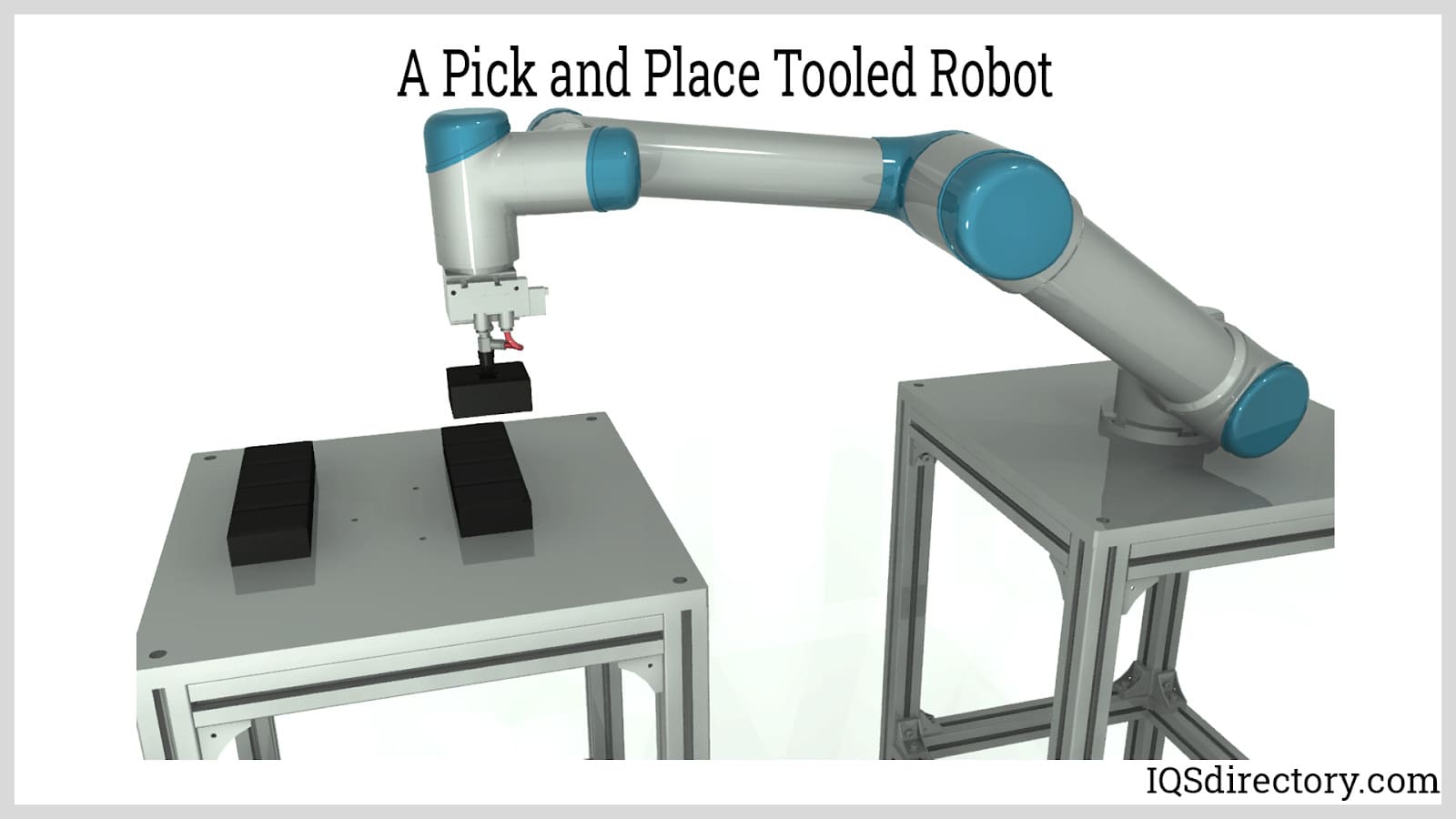
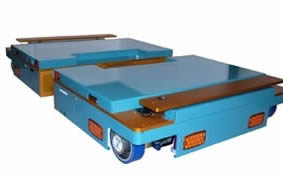 AGVs
AGVs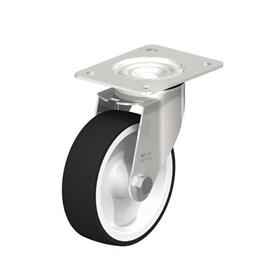 Casters
Casters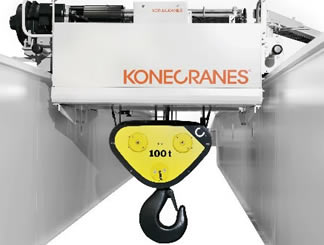 Cranes
Cranes Conveyors
Conveyors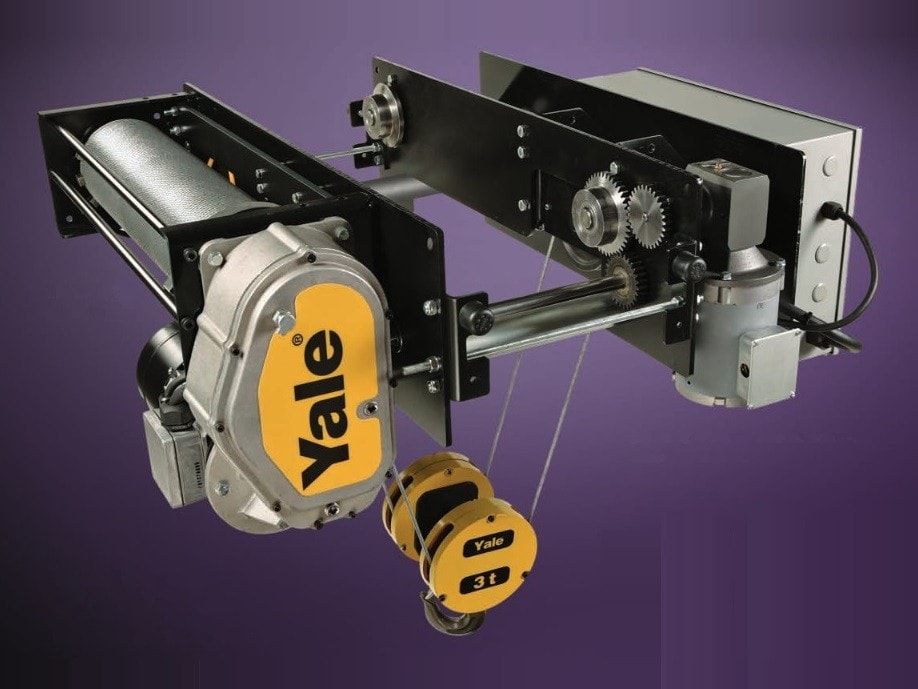 Electric Hoists
Electric Hoists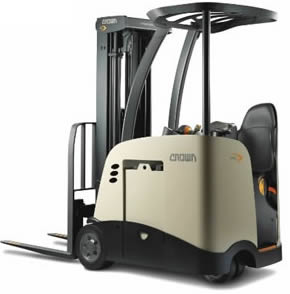 Forklifts
Forklifts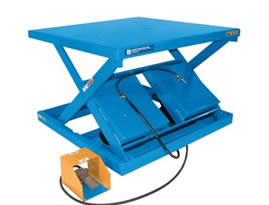 Hydraulic Lifts
Hydraulic Lifts Platform Lifts
Platform Lifts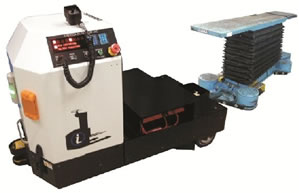 AGV
AGV Air Pollution Control
Air Pollution Control Assembly Machinery
Assembly Machinery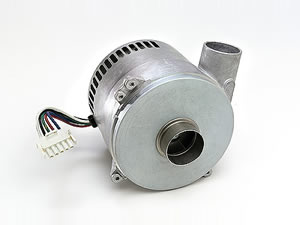 Blowers
Blowers Conveyors
Conveyors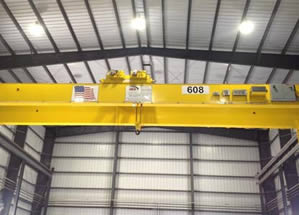 Cranes
Cranes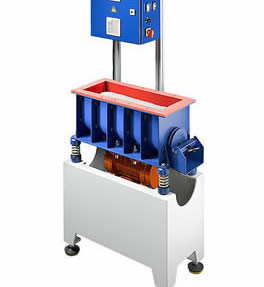 Deburring Machinery
Deburring Machinery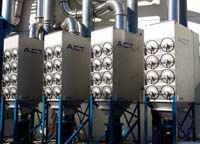 Dust Collectors
Dust Collectors Heaters
Heaters Hose Reels
Hose Reels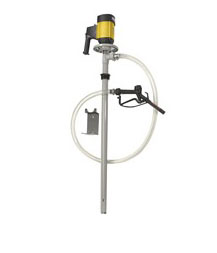 Lubricators
Lubricators Mezzanines
Mezzanines Modular Buildings
Modular Buildings Storage Racks
Storage Racks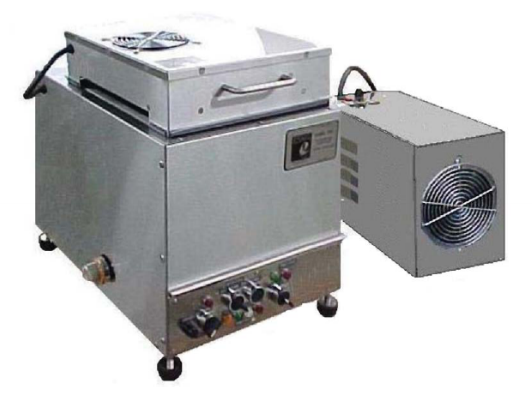 Ultrasonic Cleaners
Ultrasonic Cleaners Work Benches
Work Benches